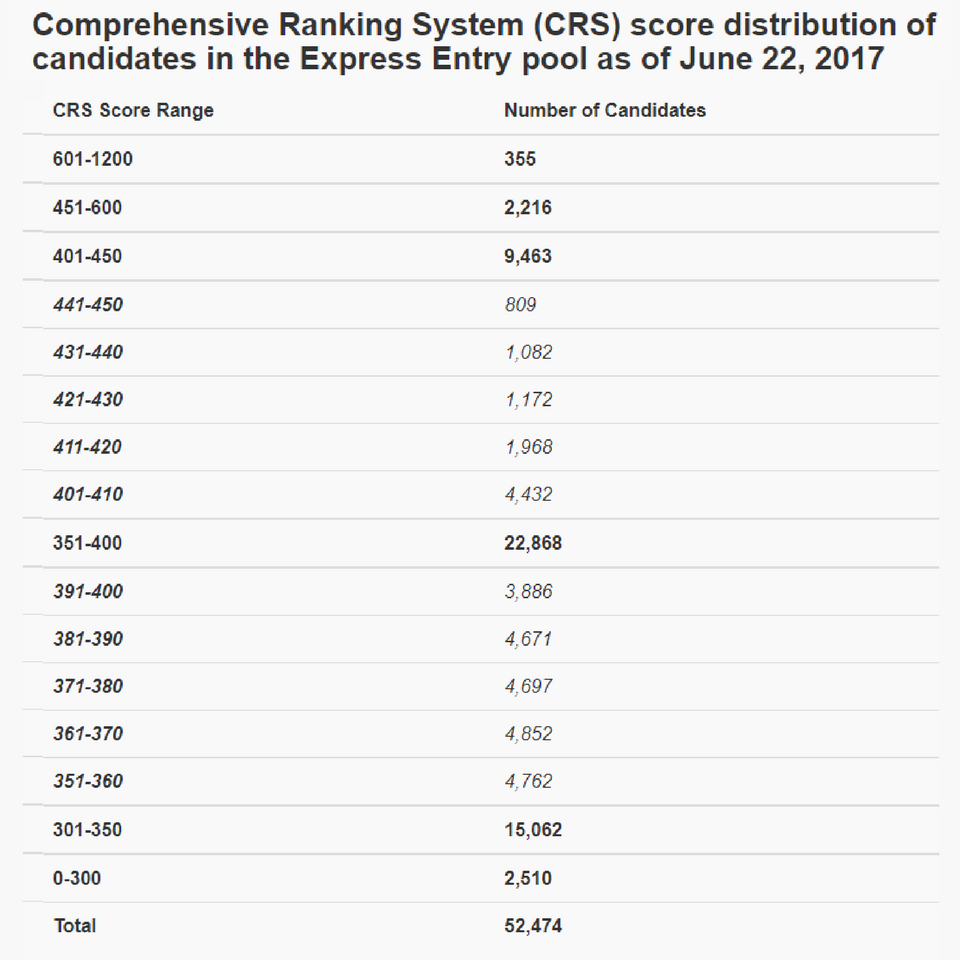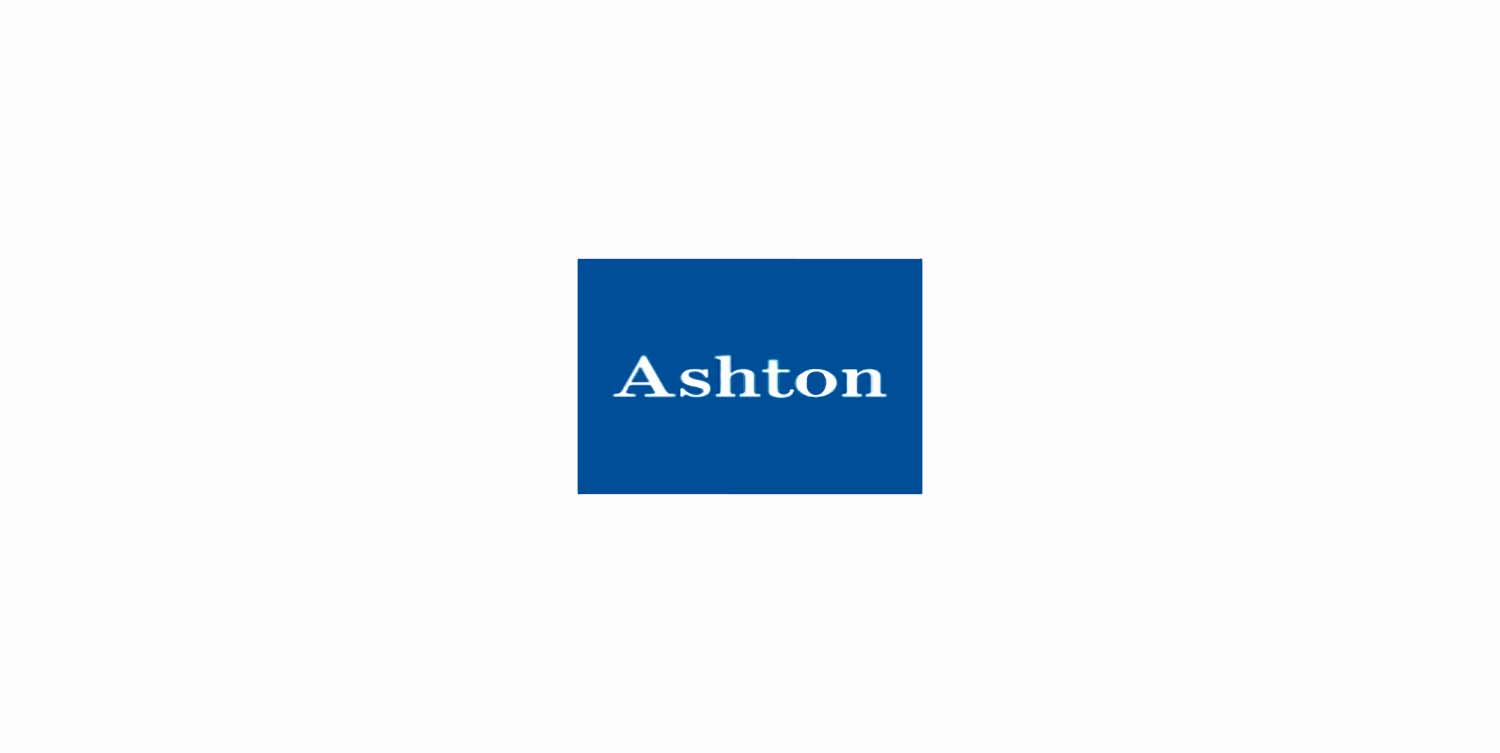Enter your email below to receive weekly updates from the Ashton College blog straight to your inbox.
By: Alex Nikotina
Published On: July 4, 2017We are already halfway through the year 2017, which means halfway through the immigration goals that Immigration, Refugees and Citizenship Canada (IRCC) set earlier last year. What have we seen so far in Express Entry?
Express Entry is the application management in Canada that allows candidates from the Economic Class programs category apply for Canadian Permanent Residency and then citizenship. Express Entry includes the following programs: Canadian Experience Class (CEC), Federal Skilled Worker (FSW) Program, Federal Skilled Trades (FST) Program, and (partially) the Provincial Nominee Program.
Candidates follow a 2-step process to apply for Express Entry. First, they complete an online profile. Eligible candidates are then entered into the system and ranked against each other based on the criteria that Canadian Government deems necessary for successful immigration and settlement in Canada. Those factors include language ability, education, work experience and relevant work skills, among others. Candidates with top scores receive an invitation to apply (ITAs).
Second, once they receive an ITA, the candidates submit an extensive application package that will be evaluated by the Canadian government. Successful applicants will be able to become Canadian Permanent Residents.
The main goal of Express Entry is to ensure timely and flexible application management that reflects Canada’s labour market and regional needs.
In the first half of 2017, IRCC conducted 16 rounds of invitation, and over 51,000 candidates received invitations to apply (ITAs) for Canadian Permanent Residency. The draw-by-draw breakdown is as follows:

Express Entry CRS scores; taken from the Government of Canada website.
The year 2017 has seen the lowest CRS scores to receive ITAs, 413 CRS points. Another notable factor is consistently high numbers of ITAs, the majority of which remained above 3,000 per round. The highest number of applicants selected in the draw was 3,884. Canadian government has also conducted 2 exclusive rounds, one for the candidates applying through the Provincial Nominee Programs (PNPs), and one for Federal Skilled Trade (FST) program.
The information contained in this post is considered true and accurate as of the publication date. However, the accuracy of this information may be impacted by changes in circumstances that occur after the time of publication. Ashton College assumes no liability for any error or omissions in the information contained in this post or any other post in our blog.
